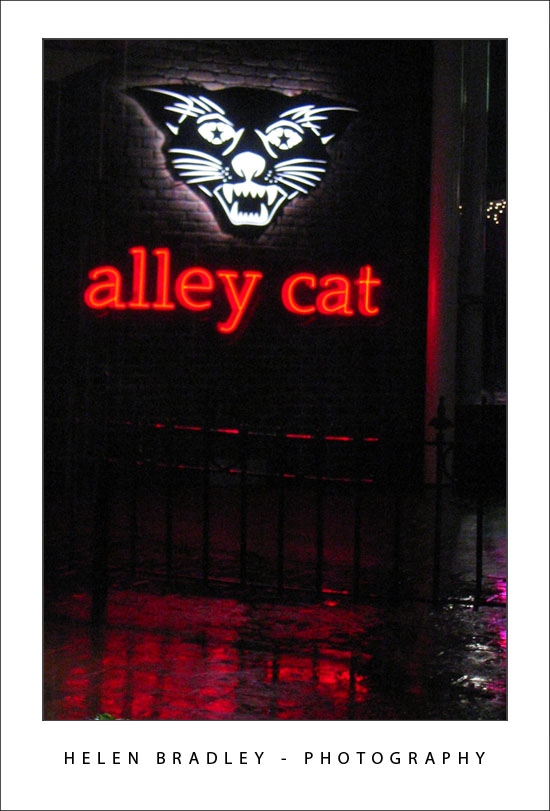While a flash is handy for taking snapshots of friends, it’s useless when the subject is more than about 10-15 feet away as this is the range of a typical flash. It also makes it impossible to shoot candid images.
So, the best solution to shooting at night is to turn the flash off – before you head out, make sure you know how to disable the camera’s flash so it doesn’t fire.
If your camera lets you do so, set the ISO equivalent to use for capturing the shot, increase this at night to 1600 or more. In the shot above the ISO was 6400, the image is grainy but a flash would have disturbed the couple and that would have spoiled the candid moment.
The shots will be more grainy – like film, shots taken at higher ISO levels are more grainy even when shot digitally. However, grain is not a ‘bad thing’ and night time images can look particularly interesting when the film grain is obvious.




